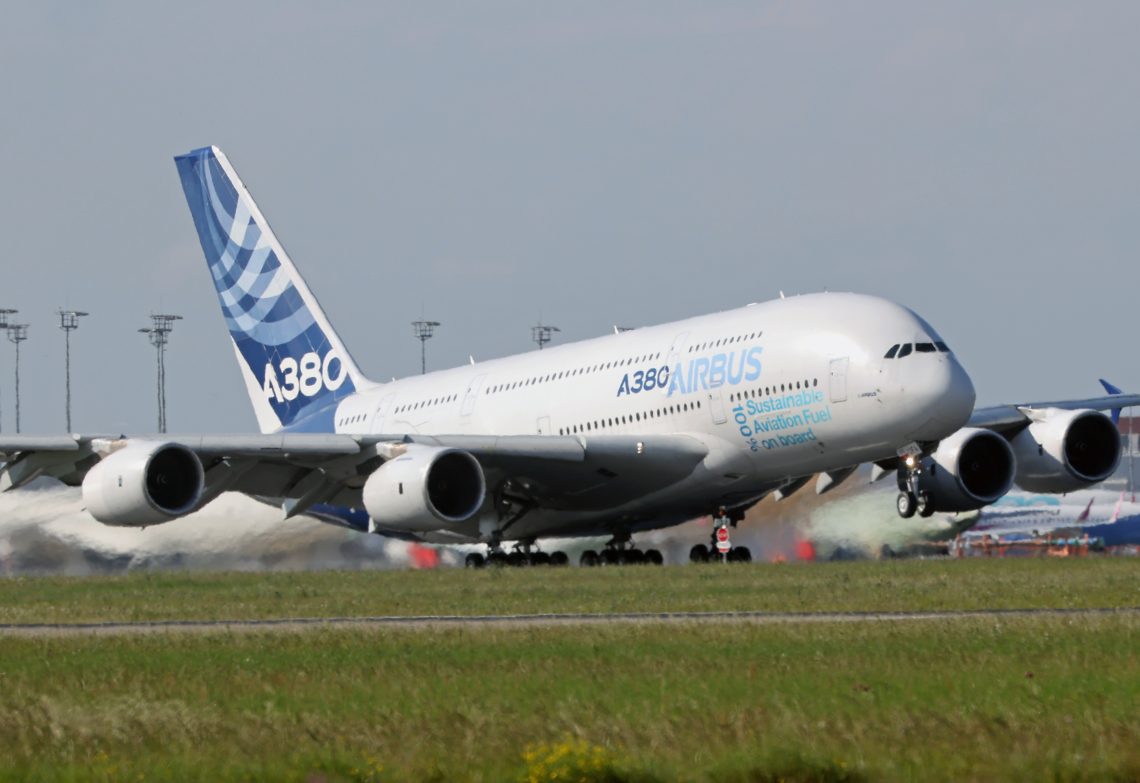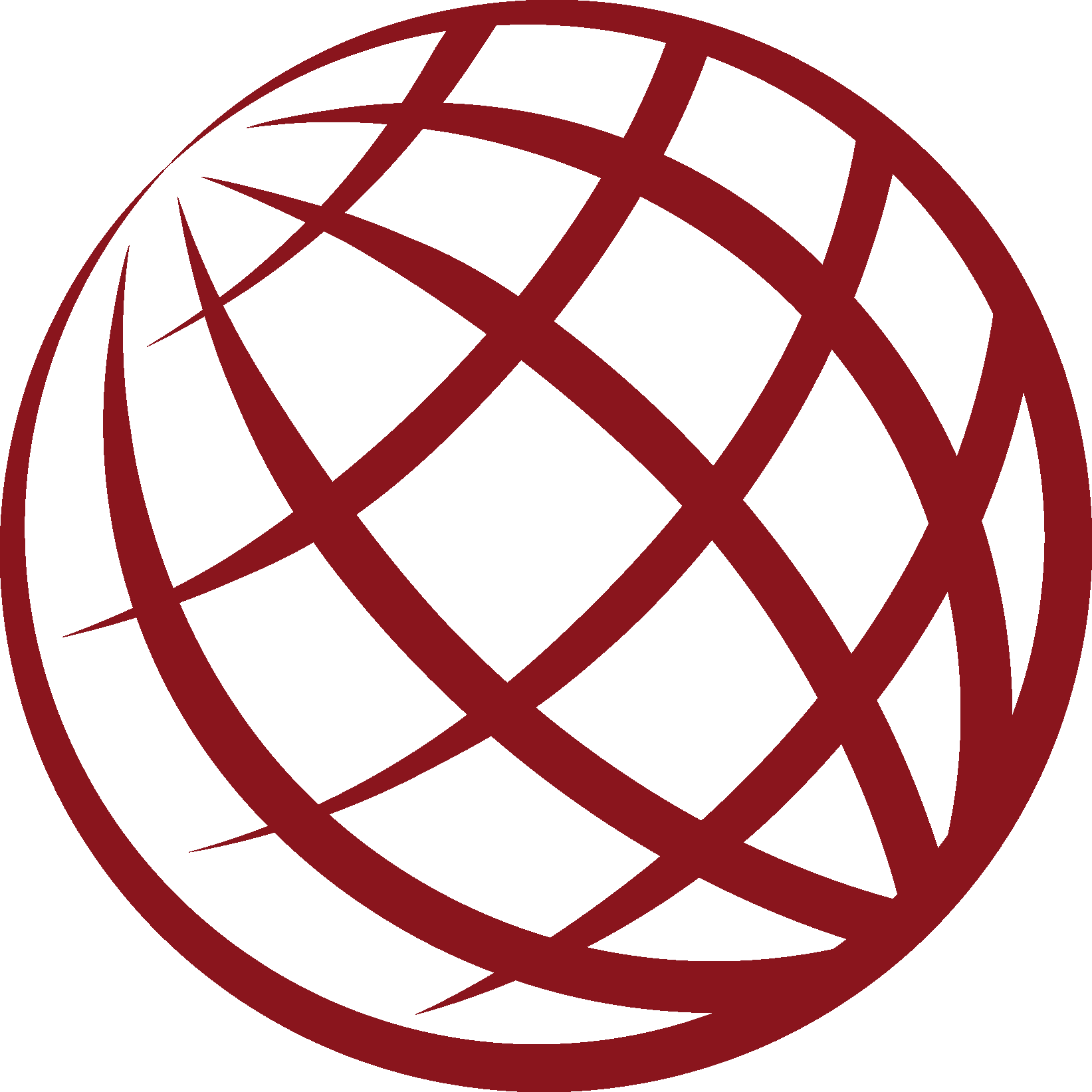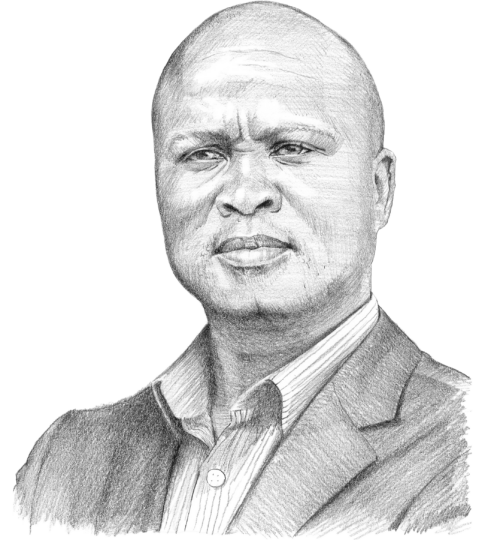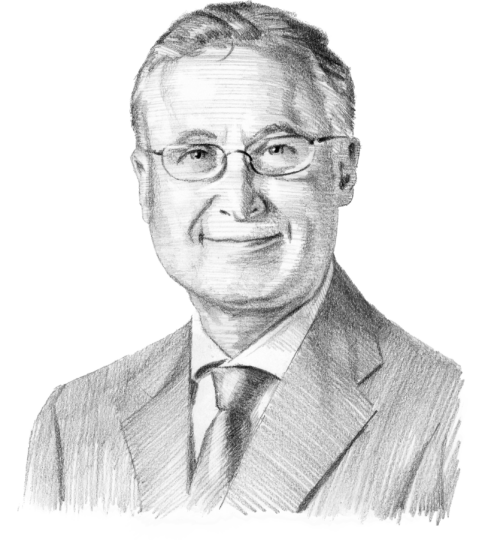Where Europe could lead globally
The EU has the opportunity to spearhead key industries if it creates an environment that encourages openness and innovation.

In a nutshell
- The EU’s protectionist shift weakens its role in value chains
- Europe leads in advanced manufacturing and green technologies
- Political caution dampens risk-taking that is crucial for bold initiatives
- For comprehensive insights, tune into our AI-powered podcast here
Europe no longer commands the same economic weight or strategic confidence it once projected. While it remains a major player in global diplomacy and setting standards, it struggles with stagnating productivity, demographic decline and internal political divisions. In an era of geopolitical competition and technological disruption, the question is not whether Europe should lead, but where it still can.
The EU’s competitive edge: Where leadership is plausible
Many policymakers and thinkers take pride in Europe’s ability to influence global norms, whether through its climate diplomacy, human rights advocacy or the regulatory power of the so-called “Brussels Effect.” A common belief persists that the continent can lead internationally by setting standards that others will adopt.
Yet this assumption often overlooks a crucial precondition: Normative leadership requires underlying economic and technological credibility. Rules matter, but only if the rule-maker commands attention and relevance. If the European Union fails to lead in key sectors of the global economy, its ability to set standards will wither. As the geopolitical environment becomes more transactional and competitive, Europe’s normative aspirations must be grounded in industrial and technological strength.
Although the EU no longer rivals the United States or China in platform technologies, venture capital or overall market size, it retains significant assets in specific sectors. These offer realistic and strategically valuable opportunities for global dominance.
Advanced industrial capabilities
The EU remains a frontrunner in high-end manufacturing and industrial machinery. Germany, Italy, Austria and parts of France have established strongholds in precision tools, robotics for niche sectors and engineering systems that underpin global supply chains. These “hidden champions” may lack the name recognition of Silicon Valley giants, but they deliver real power through essential technological standards. With sustained investment in digitalization and artificial intelligence integration, the continent’s industrial base could preserve and regain technological leadership in advanced manufacturing.
Green technology and clean energy infrastructure
Europe’s credibility on climate change policy stems from its industrial capacity, not merely regulation. It is home to some of the most advanced wind turbine manufacturers, pioneers in hydrogen technologies and circular economy systems. Businesses and policymakers have a window of opportunity to shape the emerging green tech landscape, but genuine leadership in this field will require exposing domestic industries to international competition, not shielding them from it. Only by competing openly in global markets can Europe refine and scale its green technologies. Sustained innovation, not political protection, will determine whether the EU sets the pace in the global energy transition.

Aviation and aerospace (with caveats)
In a rare example of industrial-scale sovereignty, Europe has established itself as a true peer to the U.S. in the aviation sector. Airbus, the flagship aerospace consortium, has broken what was once Boeing’s supremacy and now competes directly in global markets for commercial aircraft. In recent years, Airbus has outperformed Boeing in several key areas, including net profits, aircraft orders, deliveries and overall backlog.
The European Space Agency, together with firms like ArianeGroup and Thales Alenia Space, also gives the EU a meaningful presence in space technology and satellite systems.
This dominance, however, is fragile as it relies on sustained political will, cross-border cooperation and safeguards against internal fragmentation. With rising competition from China and India, maintaining an edge in aerospace will require more than legacy success. It demands renewed investment and strategic focus.
Health, pharma and medical devices
European pharmaceutical companies remain globally competitive, especially in specialty drugs and vaccines. The continent is also home to world-class medical device manufacturers and biotech research hubs. With the right framework for innovation and data use, this sector could become a pillar of economic influence aligned with broader societal goals.
Trusted services and cultural exports
Europe continues to attract international attention in high-value service sectors such as luxury goods, sustainable design, architecture, legal arbitration and higher education. Although these industries are often niche in terms of employment, they carry disproportionate weight in shaping perceptions of quality, trust and tradition. In a fractured world, the EU’s reputation for craftsmanship, institutional integrity and intellectual openness remains a powerful asset, one that can translate into long-term influence and international demand.
What is holding Europe back?
Global leadership hinges not on good intentions or moral posturing, but on robust economic and institutional foundations. In an increasingly contested world, where geopolitical influence is shaped as much by industrial capacity as by diplomatic finesse, Europe cannot afford to lead nowhere economically while aspiring to lead everywhere politically. To remain relevant, it must rebuild the material foundations of leadership: competitive markets, private investment, innovation ecosystems and a policy environment conducive to growth.
Europe cannot afford to lead nowhere economically while aspiring to lead everywhere politically.
At the heart of this challenge is a fundamental economic truth. Dominance in key sectors depends on more than just visionary public policies. It relies on the ability of private actors to invest, innovate and scale. Achieving this requires an environment that is relatively open, with predictable rules and manageable burdens. Unfortunately, high and complex tax regimes, along with heavy compliance costs and fragmented regulations across member states, stifle entrepreneurship and risk-taking. A continent that over-regulates its own firms while trying to regulate the world will eventually find itself excluded from the decisions that matter.
Europe has long championed free trade, but in recent years it has become more inward-looking. Defensive measures and protectionist instincts are gaining traction, often under the banner of strategic autonomy. This inward shift risks undermining the EU’s position in global value chains. Leadership requires openness to talent, capital and competition. If Europe is perceived as a difficult place to do business, it will not be seen as a credible model worth emulating.
Capital formation has also become a structural weakness. The bloc’s financial system remains bank-centered and risk-averse, with underdeveloped equity markets and barriers to cross-border investment. Compared to the U.S., Europe produces far fewer high-growth firms capable of scaling internationally. The pipeline from research to commercialization is inconsistent, and public funding often crowds out rather than complements private initiative. Without deeper and more integrated capital markets, ambitious projects, particularly in energy, infrastructure and digital technology, will continue to stall or be financed elsewhere.
Decision-making at the European level, slowed by consensus-driven processes and frequently hampered by competing national interests, compounds these issues. Strategic initiatives are diluted or delayed, and the costs of inaction are rarely acknowledged. The ability to act quickly and decisively – an essential quality in global competition – is structurally impaired. Even though the EU excels at regulatory precision, it often lacks strategic flexibility. This mismatch is increasingly evident to partners and rivals.
More by Karl-Friedrich Israel
- Europe 2035: Innovation vs. regulation
- The illusion of inflation control in Modern Monetary Theory
- The housing crisis deepens in developed countries
Demographics further complicate the EU’s prospects. Its population is aging rapidly, and its workforce is shrinking. Combined with high social spending and rigid labor markets, this increases pressure on the tax base while reducing economic dynamism. In addition, many of Europe’s most talented young people are leaving for more thriving economies. Immigration, when allowed, is often tightly managed and politically contentious. It is more a source of anxiety than a solution to structural decline.
Finally, there is the question of political culture. The European tendency to politically manage risks is deeply ingrained. Leadership sometimes requires risk-taking – the willingness to move ahead before a consensus has formed, to back new technologies before all outcomes are known and to tolerate failure as part of progress. A system that punishes experimentation and overly rewards caution is unlikely to produce the breakthroughs or bold initiatives needed for global authority.
These weaknesses are not insurmountable as Europe has the tools, the people and the institutional memory (shared expertise) to reverse course. But time is limited. The window to shape international standards, institutions and technological trajectories is narrowing. If it wants to lead, it must first make itself economically competitive again.
Scenarios
Unlikely: Europe becomes a standard-setter
The EU restores its global standing by embracing a more open, competitive and market-oriented economic model. Recognizing the limits of overregulation and fiscal rigidity, key member states implement bold structural reforms to lower tax burdens, reduce bureaucratic red tape and improve conditions for private investment. The eurozone adopts more flexible regulations, creating a more innovation-friendly environment across borders. Instead of relying solely on top-down standard-setting, it allows competitive forces to drive technological excellence, and its emerging leaders begin to shape international benchmarks from the bottom up.
Freer capital markets, simplified approval procedures and a renewed focus on productivity attract both domestic and foreign investment. Clean energy, biotech, high-end manufacturing and aerospace emerge as strongholds of comparative advantage, not because they are protected, but because they are exposed – and succeed – in global markets. The European Green Deal is reshaped into a leaner, export-oriented industrial strategy that prioritizes outcomes over compliance.
In this environment, the continent’s influence grows not through regulatory reach alone, but through the attractiveness of its economic model. AI, sustainability and digital standards still matter, but they are now backed by tangible technological and commercial leadership. The bloc regains credibility not as a cautious rule-maker, but as a confident rule-setter whose success speaks for itself. The likelihood of this scenario is 20 percent.
Somewhat likely: The EU remains a diplomatic mediator
Europe fails to address its economic and demographic constraints but reinforces its role as a diplomatic and regulatory middle power. Fragmentation within the EU prevents meaningful reform of tax, innovation and migration policy. Industrial competitiveness declines further, and critical technologies remain dependent on external suppliers. However, Europe uses its neutrality, historical credibility and multilateral institutions to become a trusted mediator in trade disputes, climate negotiations and regional security crises.
Europe’s soft power remains, but it becomes more disconnected from hard capabilities. In this scenario, the EU bloc avoids total irrelevance but does not take the lead. The likelihood of this scenario is 40 percent.
Somewhat likely: Europe retreats further from the global stage
Internal disagreements, political populism and fiscal constraints derail efforts to modernize the continent’s economic model. Regulatory overreach stifles entrepreneurship, and high taxes and labor rigidities deter private investment. Talent continues to emigrate, and strategic industries are hollowed out or acquired by foreign competitors.
The EU’s influence wanes sharply. More assertive powers overshadow former centers of dominance. It becomes a well-managed but stagnant periphery, admired for its quality of life, history and culture, but no longer taken seriously as a geopolitical or economic actor. Leadership ambitions survive in political speeches, but not in economic results. The likelihood of this scenario is 40 percent.
Contact us today for tailored geopolitical insights and industry-specific advisory services.







